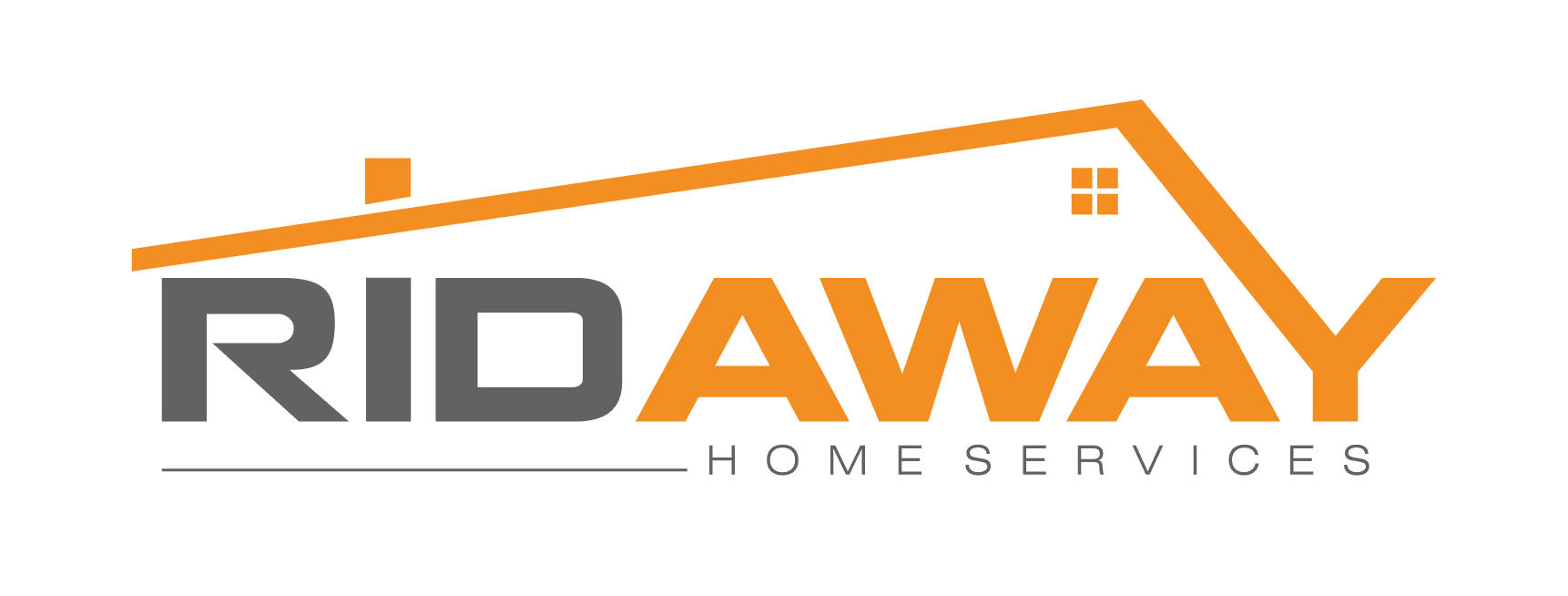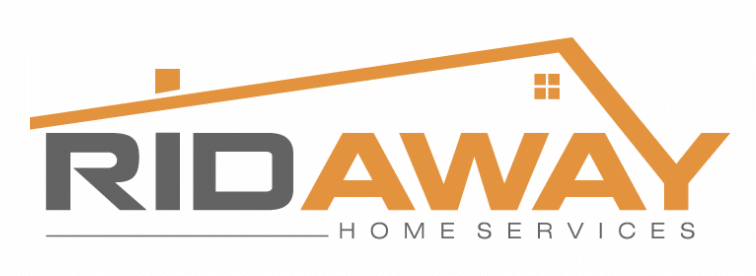Mold buildup is often an unnoticed problem and should not be ignored, since it can be a health-giving and financially draining annoyance to the homeowner and the property manager. Not only does visible mold give an unsightly and very unpleasant sight to behold, but there are other hidden perils that these infestations cause behind the walls, ceilings, and floors, damaging these homes irreparably. Unbeknownst to most property managers and homeowners, the real-cost picture of mold infestation unveils itself when it is too late.
Health Effects of Mold Infection
Mold has been reported to favor damp and warm environments and releases microscopic spores into the air, resulting in both health problems. The relative degree of these effects depends on the type of mold, amount of exposure, and individual sensitivity.
Respiratory Problems: Prolonged mold exposure tends to trigger or exacerbate asthma, bronchitis, and other types of respiratory illnesses.
Allergies: Sneezing, watery noses, skin rashes, and itchy eyes are the most common symptoms that are caused as a result of mold allergies.
Neurological Effects: Certain types of toxic molds like black mold, have been implicated in cognitive problems, fatigue, and headaches due to a specific toxic substance called mycotoxins which are secreted by the mold.
Weakened Immune System: Individuals who are immunocompromised, such as the elderly and young children, are at an increased risk of developing serious mold-related ailments.
If left unattended, mold has a way of exposing the subject to persistent habitation, which can lead to several problems ultimately in health and finances on a long-range basis.
Side Effects of Mold Attacks
Apart from the health effects, mold infestation does have deleterious effects on your savings. Whether it is destruction costing thousands of dollars, reduction in value in the ecosystem, or expensive repairs, these are by no means path-patchable experiences.
Structural Damage: Mold feeds on organic materials such as wood, drywall, and insulation, resulting in a compromised structure of your property.
Devaluation of the Property: Properties with mold have experienced market value loss and thus difficulty getting sold or rented.
Mold is a stubborn household problem often ignored, making it a true health and financial bother if not immediately handled. Not only is visible mold unsightly and unpleasant, but hidden dangers lurking behind walls, ceilings, and floors can also cause significant long-term damage. Homeowners and property managers alike underestimate the full cost of mold infestation--most of the time becoming aware that it can injure them only when it is indeed too late.
How to Prevent Mold
The best way to avoid problems with mold is the proactive approach to prevent it. For your home, these measures should keep mold at bay:
Humidity: Avoid indoor levels above 60%. Such rooms will be mold-friendly.
Leakage: Fix it right away or risk a nasty mildew and mold problem.
Air circulation: Be sure to look into exhaust fans in tricky spaces like the bathrooms and kitchen so moisture does not build up.
Inspection: Continually look in areas of high mold activity, like attics, basements, and behind appliances.
Lastly, clean and dry any area that has been wet from spills and flooding immediately within 24-48 hours. Otherwise, mold takes hold.
Call The Professionals
If you notice mold anywhere in your home your first instinct should be to call for professional help like RidAway. It is a company that is EPA-approved, state-licensed, industry-certified, and guarantees complete mold removal. It's also important to notice any signs or symptoms mentioned above in your child and take them to the doctor if needed.
RidAway toxic mold spores so you can breathe clean, healthy air again.

